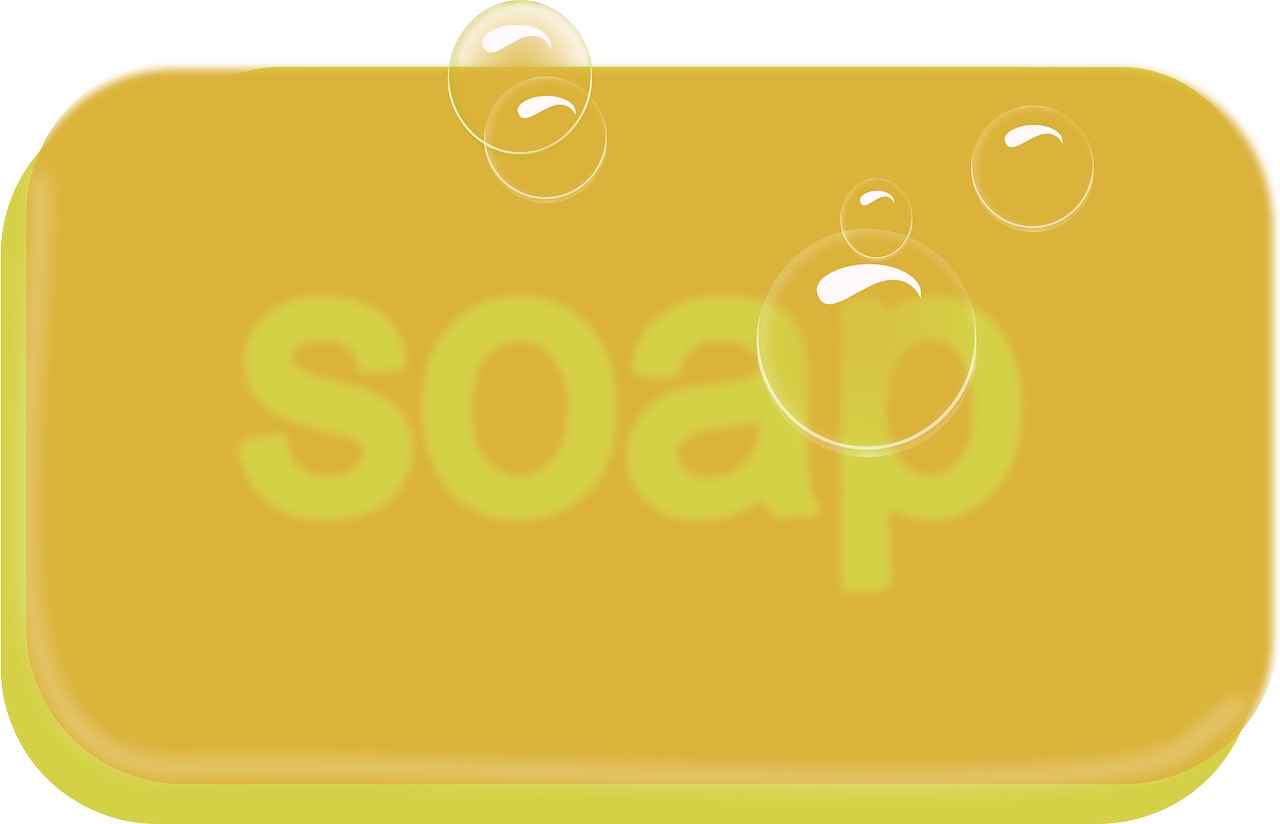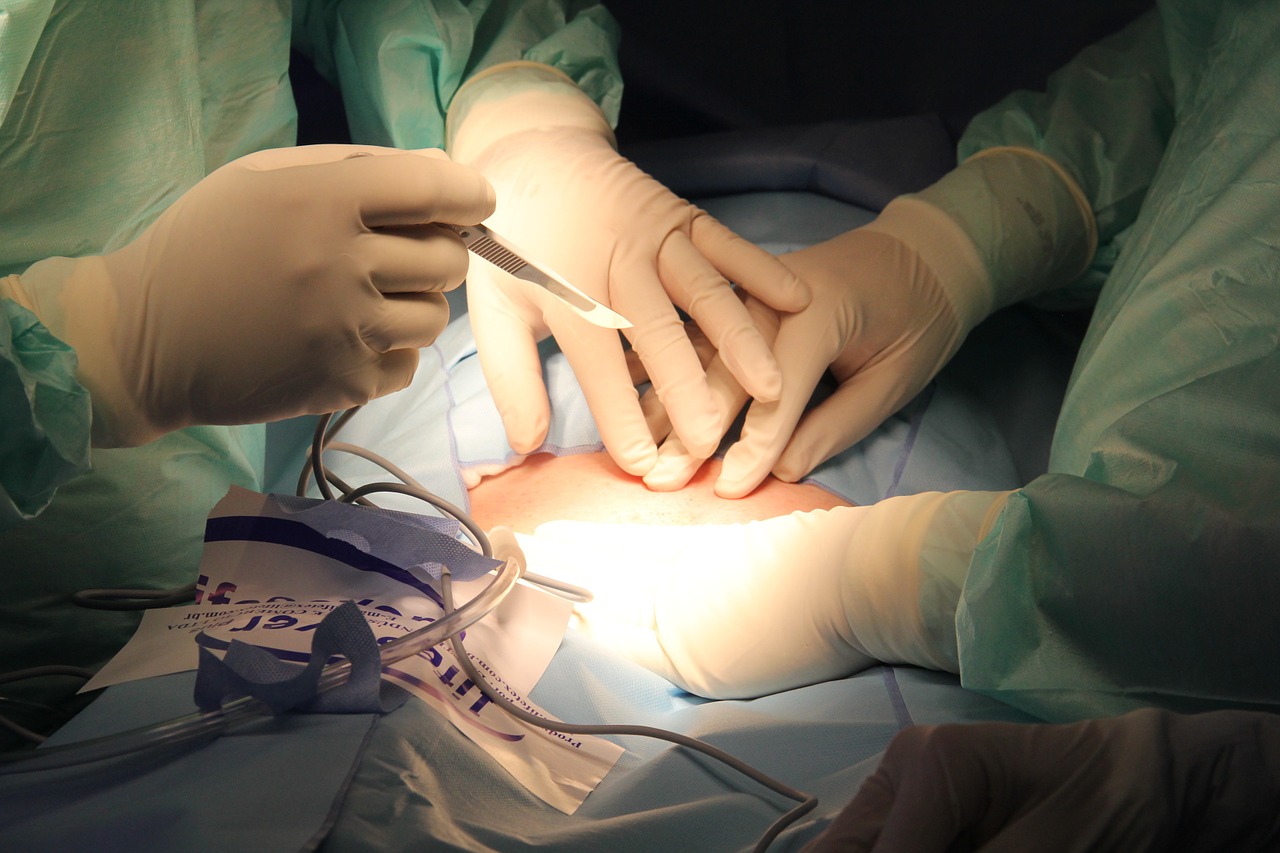
Put an academic radiologist and a general community radiologist in the same room and start a conversation on research and radiology residency. How do you think that conversation would go? I bet there would be bitter debate and sharp words. It would likely be next to impossible to get them both to agree on the merits of radiology research.
The academic radiologist would point out the necessity of research to allow the resident to understand how to delve deeply into an area within radiology, understand the mechanics of making discoveries, and create and advance new areas of knowledge within our specialty. He would espouse the importance of statistically analyzing false positive and negative rates, ROC curves, sensitivities, and specificities, tools invaluable to becoming a good radiologist. Additionally, they would also likely say that without an understanding of the mechanics of the research process, companies can easily mislead you by marketing headlines for new software, contrast agents, radiology hardware, etc., that may, at best, marginally display the truth of an imaging process or at worst can be entirely incorrect.
On the other hand, the community radiologist would say that if you understand the fundamentals, can read films well, and know how to manage patients appropriately, what is the point of doing research? Let others develop new ways of interpreting films, creating protocols, or creating new contrast agents. Or in other words, “leave the research to the academics.” The community radiologist would also utter in the same breath that research is too time-consuming, costly, and incompatible with the day-to-day running of a revenue-generating practice. Why bother?
To What Extent Should You Pursue A Project?
So, given these diametrically opposite points of view, the big question becomes: to what extent should the radiology resident pursue research during residency? Should you make it into an all-consuming process or relegate research to satisfying your residency program’s requirements? Given the potential difficulties of making this decision for some residents, I will go through how to figure out for yourself whether you should follow the advice of the academic or community radiologist. In addition, if you go down the research pathway, I will give some sage advice about how to find a research mentor and what makes the best research projects.
How Much Research Should I Pursue?
Maslow’s Hierarchy of Needs
Ever read about Maslow’s Hierarchy of Needs? If not, I highly recommend you click on the previous Wikipedia link. Instead of Maslow’s Hierarchy of Needs, now picture the Radiology Residency Hierarchy of Needs. You might have to dictate films, study radiology material, and attend lectures at the base. At the apex, you would have radiology research. This point is so important: your own basic needs of a radiology residency must be satisfied before you tackle the research requirement. Therefore, you must answer some questions before starting a research project: Have you been studying enough, attending lectures, and learning the basics of radiology concepts? Are you performing well on your rotations? Do you have to concentrate on other issues, such as the USMLE? In other words, the resident must first focus on becoming a good radiologist and then their research.
The entire pyramid will collapse without the essential elements of good radiology residency preparation. Why do I make this statement? Suppose the resident concentrates so heavily on research instead of learning all the imaging modalities and vital skills during their residency program. In that case, they will find it very difficult to perform well during residency. You want to ensure that you know the general skills of the radiologist first and foremost. Furthermore, too much emphasis on research can lead the resident to lose focus on other issues, such as passing the core examination. So, make sure not to forget about the main reason you are doing your residency: to become a radiologist.
The Rewards
On the other hand, if you can dedicate time to research because you can comfortably divide your time appropriately, by all means, go for it. The rewards are numerous from both a practical as well as academic standpoint. Significant research becomes essential if you are interested in academic radiology, love to come up with innovative ideas and enjoy writing publications. Publishing several papers and abstracts during residency and fellowship can help you get that first job if you want to pursue an academic career.
Even in private practice, performing research during your residency shows that you are interested in radiology. From a radiology job market perspective (although the community radiologist may not want to admit it!), if you have two equal candidates, one who has accomplished much research and the other who has done none, I believe most practices would choose to hire the former.
The bottom line- yes, research can be rewarding but make sure that it doesn’t interfere with your fundamental mission of becoming a radiologist!
How Do I Find A Research Mentor?
Most radiology programs have some attendings that are almost exclusively clinical and others that are more academic. I recommend you seek out mentors/attending with a decent amount of research experience. Although these clinical-based attendings can be great teachers and mentors for learning radiology, they will likely not be as valuable for understanding how to do research. They may express interest in helping you with research, but they cannot instruct you on completing a project. So, unless you have already had a lot of experience with radiology research, a more clinically based radiologist may not be the best choice for a radiology research mentor. There are a lot of radiology attendings out there that don’t have a clue how to structure a research project. (not that it makes them bad radiologists!)
Although not always possible, depending on the size and structure of your residency program, try to find a mentor in an area/subspecialty of radiology that interests you. It will more likely help you later in your career when you complete a project in your area of interest.
Finally, try to find a mentor that meshes with your personality. In addition to the grunt work of research, part of the research process involves bouncing ideas off one another and brainstorming. Exciting research can begin to seem more of a chore than a genuine passion if you feel you are not an equal participant. It shouldn’t be that way. Personality can become a significant issue.
What Makes The Best Projects?
My favorite research projects are those issues and problems that have constantly nagged at me or annoyed me over the years of practice that you have the itch to solve. In addition, I love research projects in an area of actual interest. These tend to be the best and most satisfying projects. I find that esoteric projects without relevance do not provide that spark to take the research to the next level. It also may dissuade the resident from pursuing other projects down the line.
I recommend that when you are involved in the day-to-day readouts, try to take notice of the issues that bother the attendings or questions that occur in the areas of interest you love. There are few things more satisfying than coming up with a question you thought about and then figuring out how to solve it.
Final Thoughts
Radiology research is an excellent avenue for understanding the mechanics of what we do as radiologists. We take many presumed facts for granted, whereas these facts may not be based on the best evidence available. Performing your projects allows the radiology resident to understand how to determine what information is genuinely facts and what information does not have a basis in science. This process helps the resident to read and interpret studies and critically define the accuracy of the information we use to analyze images daily.
Furthermore, delving into research by completing a project can be a very satisfying professional endeavor and become a capstone on top of our radiology residency training. Few things are more satisfying than answering your question, for which the body of literature did not provide an answer.
However, it is essential to remember that as a radiology resident, you must satisfy the basics of radiology residency first and foremost. Before deciding whether or not to become involved in a project, consider if you have the time and energy to pursue the project to its end. If a research project is very complicated and time-consuming, think twice about the project because your priority should be to become a well-trained radiologist. Radiology research can be rewarding, but only to the extent that you first satisfy the basic requirements of radiology residency training.












